30 Different Types of Peppers From Sweet to Mild, and Truly Hot
Peppers, form an integral part in most dishes when it comes to enhancing its flavor. Most peppers are green when unripe, changing to red, orange or even brown on ripening, while some remain green throughout. Of the 50,000 varieties of pepper available worldwide, the prominent ones, have originated in Mexico, parts of South America, and Asia. Their uses vary according to their heat level, with most of them being pickled and made into sauces.
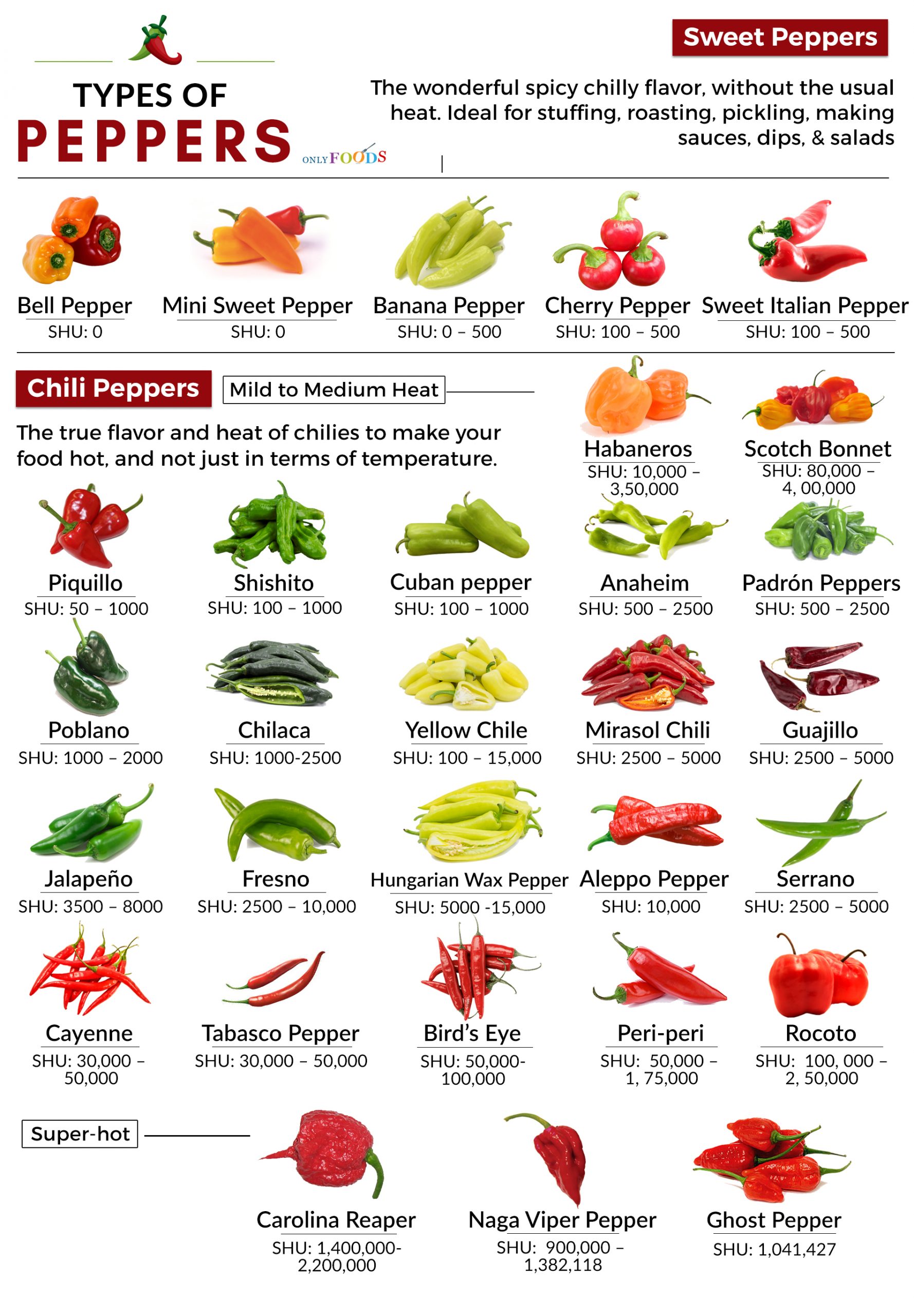
30 Different Types of Peppers From Sweet to Mild, and Truly Hot
Table Of Content
How Do You Know How Hot a Pepper is
The Scoville scale measures the intensity of heat of a particular pepper, with the measurement done in the SHU or Scoville Heat Units. For instance, if a specific pepper’s SHU score is between 2500 and 10,000, that means around 2500 to 10,000 cups of sugar-water solution is needed for diluting its heat and bringing it down to 0. Based on this rating, those with a less Scoville score as low as 0 like bell peppers and banana peppers fall into the category of sweet peppers. On the other hand, jalapeno, and fresno, scoring high on the scale are grouped as chili peppers.
Types of Sweet Peppers
1. Bell Pepper
Bell pepper originating in South America, Mexico, and Central America, is moderately large resembling a bell. When immature, it appears green, tasting bitter, turning bright red, and getting sweeter upon maturity. Crunchy and juicy, they do well in stuffing, and salads, also being roasted and sautéed. They are available in green, purple, yellow, and orange and thus called ny different names according to their color and taste like red pepper, green pepper, and sweet bell pepper.
SHU: 0
2. Mini Sweet Pepper
They have a similarity with bell peppers in taste and appearance, though smaller and sweeter than the former. This crunchy variety has a thin skin, and even come with a lesser number of seeds. Mini sweet pepper makes for an excellent choice in sautéing, roasting, and grilling.
SHU: 0
3. Banana Pepper
Alternately referred to as banana chili or yellow wax pepper, they turn bright yellow as they mature, available in green, orange, and red colors. Originating in America, these curved peppers have an overall sweetness, but slightly tangier than the bell peppers. They are pickled, used to make salsas, and serve as a perfect topping for pizzas and sandwiches.
SHU: 0 – 500
4. Cherry Pepper
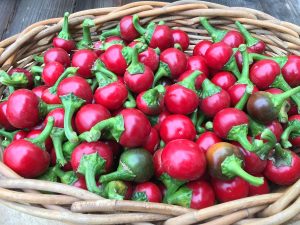
Cherry or pimento pepper, have a green coloration when unripe, becoming bright red upon maturation. These heart-shaped peppers are a degree higher than bell peppers when it comes to aroma. Loaded with sweetness, inside-out, alongside a sufficient amount of juiciness, it is a perfect pepper to be stuffed or even added as a stuffing for green olives. It also goes into the preparation of pimento loaves, and cheese, alongside being pickled and jarred.
SHU: 100 – 500
5. Sweet Italian Pepper
Popularly known as pepperoncini, this yellowish-green pepper that turns red when ripe is similar to banana pepper in appearance and taste. Originating in Greece and Italy, the Greek type is shorter and sweeter, while the Italian kind is longer and tangier. One can use them for preparing pickles, and sauces, or even as a seasoning in pizza.
SHU: 100 – 500
Types of Chili Peppers
Peppers With Mild to Medium Heat
1. Piquillo
Originating in northern Spain, this pepper type is tart and smokey, perfect for sauces, and sandwiches. One could even stuff piquillo with cheese, and eat it as an appetizer. Green in its unripe form, the pepper turns red upon maturity, also having a length between three and four inches. The end is a little curved, looking like a beak, giving it the alternate name little beak pepper. They are a common find in most grocery stores, kept in jars or cans.
SHU: 50 – 1000
2. Shishito
Popular in Japan, shishito is thin-walled, having a mildly sweet and smoky flavor, getting spicier as it matures. They are red when ripe, and also hotter than the green ones. When charred and garnished with drizzling of sesame oil or soy sauce, they make for a great appetizer. These peppers serve as delicious additions to pizza, tempura, and other dishes.
SHU: 100 – 1000
3. Cuban pepper
Greenish-yellow, and thin-skinned with a wrinkled appearance, Cubanelle pepper has found a prominent place in Cuban, Puerto Rican, and Dominican Republican cuisines. Their skin texture makes them ideal for frying. Yet, these varieties can do well with roasting too, often used as a substitute for bell peppers. They even go well as a topping on pizzas.
SHU: 100 – 1000
4. Anaheim
They originated in South California’s Anaheim city from which the peppers got their name. Long, and big, they go as stuffing too, popularly used as a filling for Chile Relleno, a famous Mexican dish. Their refreshing peppery flavor makes them eaten as a perfect appetizer when charred or roasted and even added to salsas. Chile Colorado is Anaheim’s red form, that it attains on ripening, also being a degree hotter than the green ones.
SHU: 500 – 2500
5. Padrón Peppers
Named after Northwestern Spain’s Padron region, this one is a small, conical, slightly elongated pepper variety, green or yellowish-green, and sometimes red. Though mild, with sweet, nutty, and earthy flavors dominating, they could still end up with a spicy bite. They are often fried and served as a part of tapas (a snack spread), but can even be grilled, and roasted.
SHU: 500 – 2500
6. Poblano
Large, and heart-shaped, it originated in Mexico’s Puebla region, making for a great inclusion in a host of Mexican dishes. With a bulbous body, thick and meaty, they do great when stuffed, also ideal for grilling, sautéing, and roasting. Upon ripening, they become deep red or brown, best suited for drying. The matured peppers, known as mulato or ancho, are sweet as raisins, ideal for making sauces.
SHU: 1000 – 2000
7. Chilaca
Chilala in Aztec translates to grey-haired or old, and the curly appearance of this pepper justifies its name. Black in color, and twisted, it tastes near like prune with touches of licorice. Dried chilaca goes by the name chile negro or pasilla, mostly made into sauces, or teamed with fruits, seafood, meat dishes, or mushrooms. Besides sold whole, they are also available in powdered form in the United Kingdom, the United States, and Mexico.
SHU: 1000-2500
8. Yellow Chile
Yellow in color, as their name suggests, they are smooth and shiny with thick flesh. Crunchy, varying from mild to spicy, yellow chile has assorted flavors, ranging from earthy to fruity, smoky, to floral. Stuffed, roasted, pickled, or grilled, these peppers have a host of different uses.
SHU: 100 – 15,000
9. Mirasol Chili
Mirasol in Spanish means looking towards the sun, and that is how these red peppers look, pointed to the top. This Mexican pepper, red in color, has a distinct delicate fruity flavor, tasting nearly like berries. Touches of strawberry also remain evident throughout. Prominent in Mexican and Peruvian platters, they spice up stews, sauces, and salsas, increasing their deliciousness.
SHU: 2500 – 5000
10. Guajillo
Guajillo, a dried variety of the mirasol chili is widely produced in the Zacatecas State of Mexico. Bright red to brown, they have a tangy, slightly acidic, and fruity flavor. It has two varieties; one appears smaller and hotter. At the same time, the other is longer, wider, mildly spicy, with a more pronounced flavor. They go into making salsa, sauces, butter, alongside meat and fish preparations, and also Mexican dishes like consomes and pambazos.
SHU: 2500 – 5000
11. Jalapeño
Traditionally cultivated, in Mexico’s Xalapa city, this medium-sized, round pepper has a firm, smooth texture, mostly eaten green. If ripened, the color may turn yellow, orange, or red. They serve as great stuffing, even added to soups and salads, alongside being pickled. Dried jalapeno known as chipotles, have a smoky, spicy flavor, used in sauces, salsas, and a host of meat and fish dishes.
SHU: 3500 – 8000
12. Fresno
Fresno, originating in California, closely resembles jalapeno, also tasting almost the same though the former is a degree hotter. Glossy, and firm, they also emit a smoky flavor, with touches of fruitiness. The immature ones are green, available mostly in summer, used to make sauces, soups, casseroles, and dips. The matured red ones found mainly in fall, are hotter, adding flavor to salsa, marinades, and ceviches.
SHU: 2500 – 10,000
13. Hungarian Wax Pepper
Originating in Hungary, as its name suggests, it is yellow in its unripe form, changing to orange, and finally red, as it matures. Thick and rounded in appearance, it looks like banana peppers when immature. It has a sweet-tangy flavor, suited for adding to salads, pickling, roasting, frying, and cooking.
SHU: 5000 -15,000
14. Aleppo Pepper
Also called Halaby pepper, they have a prominent place in the Mediterranean, Turkish, and Middle Eastern cuisine. Aleppo pepper turns burgundy upon ripening, after which they are half-dried, and then ground coarsely for a powdered version. Mild at the onset, the heat builds up eventually. However, on the whole, it is fruity, almost like raisins. Its aroma and shape replicate sundried tomatoes. It is mostly used as condiments for seasoning beans, meats, and salads.
SHU: 10,000
15. Serrano
Serrano translates to “of the mountains,” and these long, red peppers have been named so, as they grew in Mexico’s elevated regions. Green, when unripe, changing to red, yellow, or orange in its ripened form, serrano appears fleshier than many other peppers, also being a way to hotter than the jalapeno. It ranks second in terms of popularity in Mexican cuisine, making its way into salsas and salads.
SHU: 8000 – 23000
16. Cayenne
Cayenne pepper has a slender, slightly tapered, and skinny appearance, curved at the tip. Though it mostly comes in red, purple, and yellow are the other color variations. This type not just adds heat to a particular dish, but also makes the flavors appear more subtle. They find their way in soups, hot sauces, stews, curries, cheese, and meat dishes. Some of the cultivars of cayenne pepper include Cayenne Sweet and Cow-horn.
SHU: 30,000 – 50,000
17. Tabasco Pepper
Tabasco pepper, named after the state where it originated, is famed for making Tabasco sauce. Yellowish-green at the beginning, this Mexican pepper turns to yellow, orange, and finally bright red in its ripened form. Besides, spicing up the dishes, they have a unique smoky flavor to intensifying the taste to the fullest. They stand apt for salads, burgers, pasta, fries, and a lot more.
SHU: 30,000 – 50,000
18. Bird’s Eye
Also called Thai chili, and bird’s chili, it has its roots in Thailand, also popular in Central America, South America, and Mexico. They are small and round, changing color from green to red, purple, yellow, or even black when matured. These peppers taste fruity and peppery, perfect for sauces, stir-fries, soups, salads, and curries. Bird’s Eye finds a prominent place in Vietnamese and Thai cuisine.
SHU: 50,000-100,000
19. Peri-peri
The Portuguese explorers were credited with discovering these peppers on landing upon Mozambique. Small in size, between one and two inches in length, they are green at the onset, turning red or purple upon maturation. They are prepared into a spicy sauce, prominent in most African dishes, mostly chicken platter. Light, fresh, and peppery, people call it by various other names like African bird-eye’s pepper, or piri piri.
SHU: 50,000 – 1, 75,000
20. Rocoto
Originating in South America, they replicate a bell pepper, in appearance, and colors. They come in red, orange, and yellow, the latter being highest in heat. Their crispiness, and fruitiness, makes them great for salsas, sauces, and hot sauces. However, they have an immense amount of juiciness, unsuited for stuffing or drying.
SHU: 100, 000 – 2, 50,000
21. Habaneros
Ranking high on the heat scale, habaneros pepper is small, and bulbous having its roots in South America. The mature peppers are mostly red or orange but may come in yellow, green, or brown colors. If one can put up with its hotness, they would also witness its fruity flavor and floral aroma. They find a prominent place in hot sauces, alongside spicy dishes.
SHU: 10,000 – 3,50,000
22. Scotch Bonnet
Alternately called Caribbean red peppers, or bonney peppers, they look like the tam o’ shanter hats, popularly worn by men in Scotland, hence the name. A close cousin of habaneros, this stout pepper is hot, with a tinge of fruitiness, adding zest to its overall flavor. The green peppers change to scarlet red, but can also appear peach, yellow, orange, and brown. There is a sweet version, too known as cachucha. Occurring commonly in most Maldivian, African, and Caribbean cuisines, it finds its place in pepper sauces, patties, and chicken dishes.
SHU: 80,000 – 4, 00,000
Super-hot Peppers
1. Carolina Reaper
Declared as the hottest by the Guinness Book of World Records in 2013, this red pepper has a gnarled, bumpy texture, alongside a tiny pointed tail at its rear end. The pepper may be hot enough to burn one’s tongue, but at the same time, it has a tinge of sweetness and fruitiness, making for an ideal component in sauces or flakes.
SHU: 1,400,000-2,200,000
2. Naga Viper Pepper
The Guinness World Records ranked this red wrinkly, slightly elongated pepper the hottest in 2011 with its roots in England. Its spiciness is a result of the fact that it is a hybrid of three of the world’s hottest peppers, namely Trinidad Scorpion, Ghost Pepper, and Naga Morich. Though hot enough, it also has a fruity, sweet, and tangy taste, making it flavorful. One can dry it to prepare chili powder and use it as a condiment, or even prepare it into hot sauces.
SHU: 900,000 – 1,382,118
3. Ghost Pepper
Alternately known by names like bhut jolokia, and bhut naga jolokia, it derives its origin in Northeastern India, ranking pretty high in terms of heat. When ripe, it is mostly red but may even come in yellow, orange, or brown. One would not feel the heat before 30 – 45 seconds of its consumption as the initial flavors are sweet and fruity. They mostly go into preparing sauces, dips, and curries.
SHU: 1,041,427
FAQs
Ans. Carolina Reaper is the world’s hottest pepper, as ranked by the Guinness Book of World Record, closely followed by Trinidad Moruga Scorpion and 7 Pot Douglah.
Ans. Banana and Anaheim peppers are suited for a mild salsa, and Serrano and Jalapeno for hot ones.
- by Mumpi Ghose
- September 3rd 2020


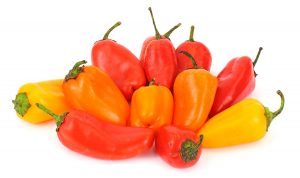
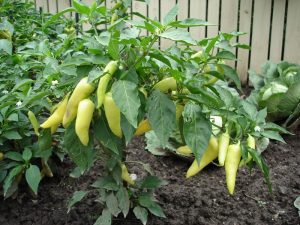
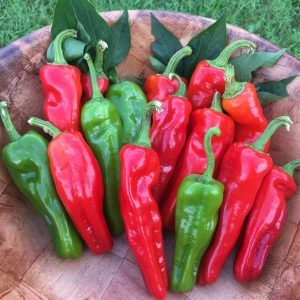
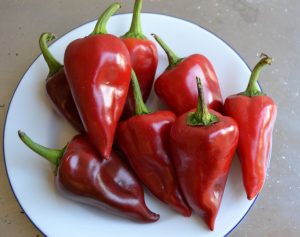
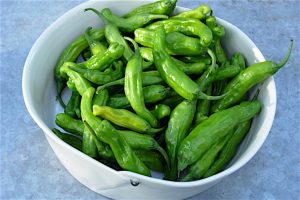
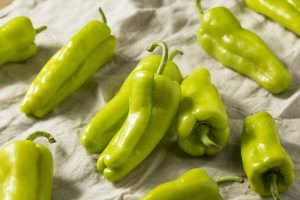
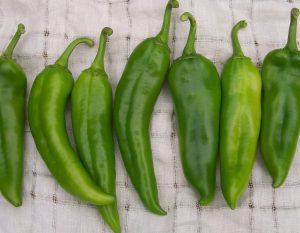
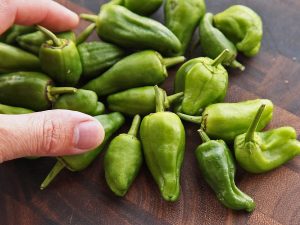
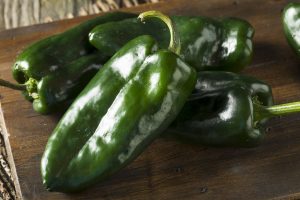
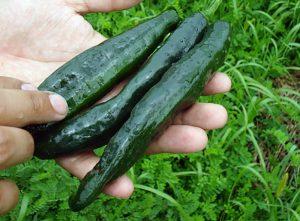
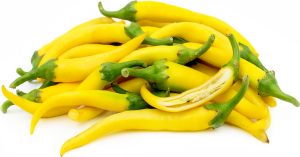
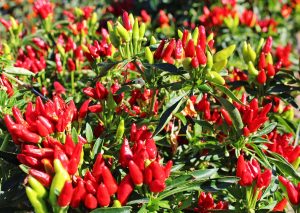
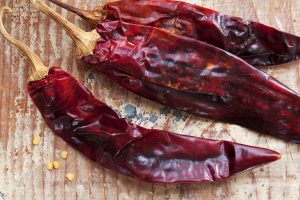
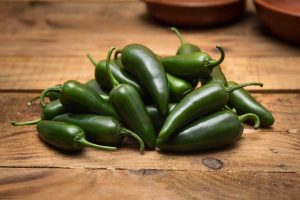
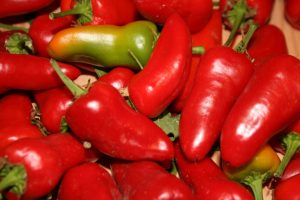
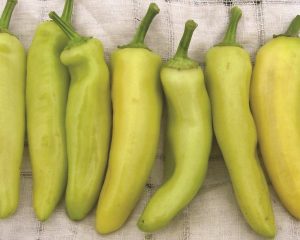
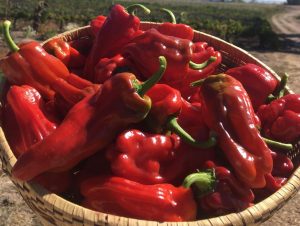
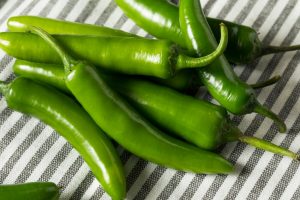
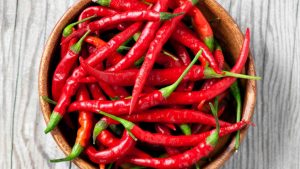
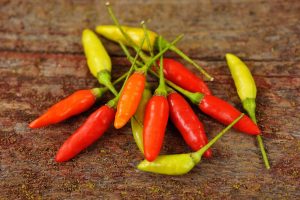
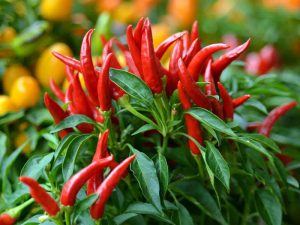
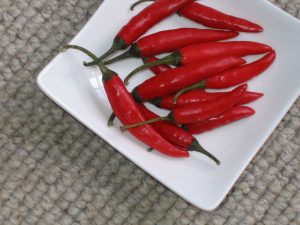
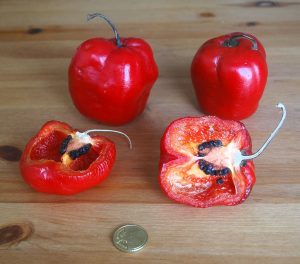
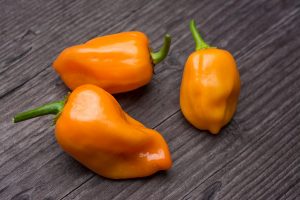
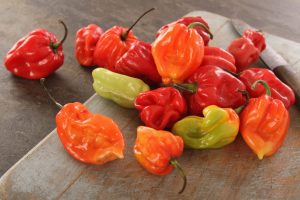
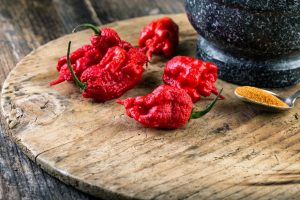
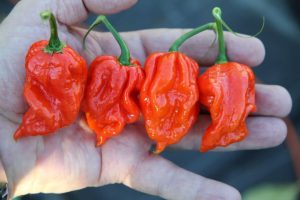
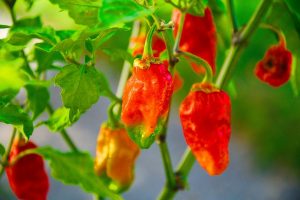
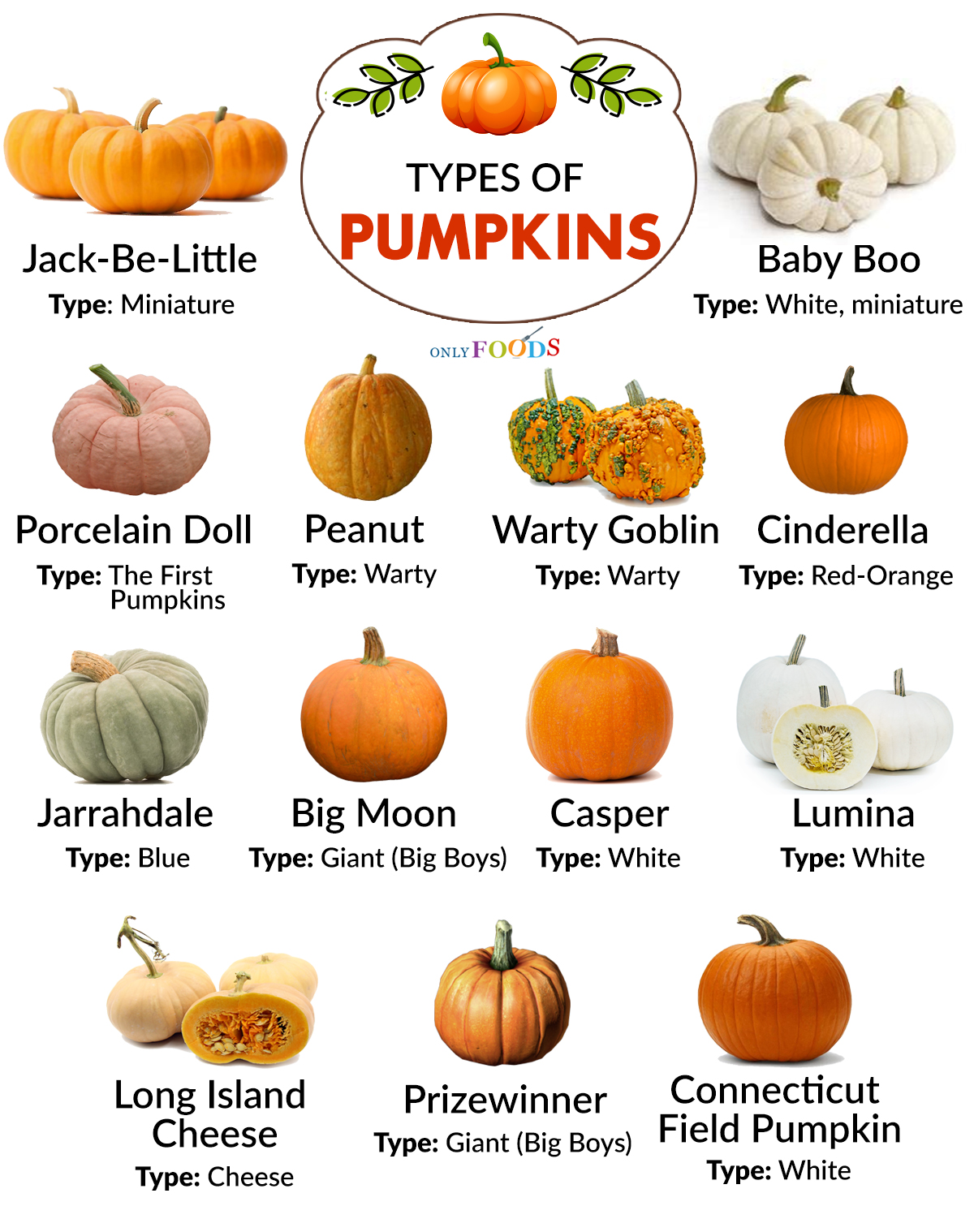
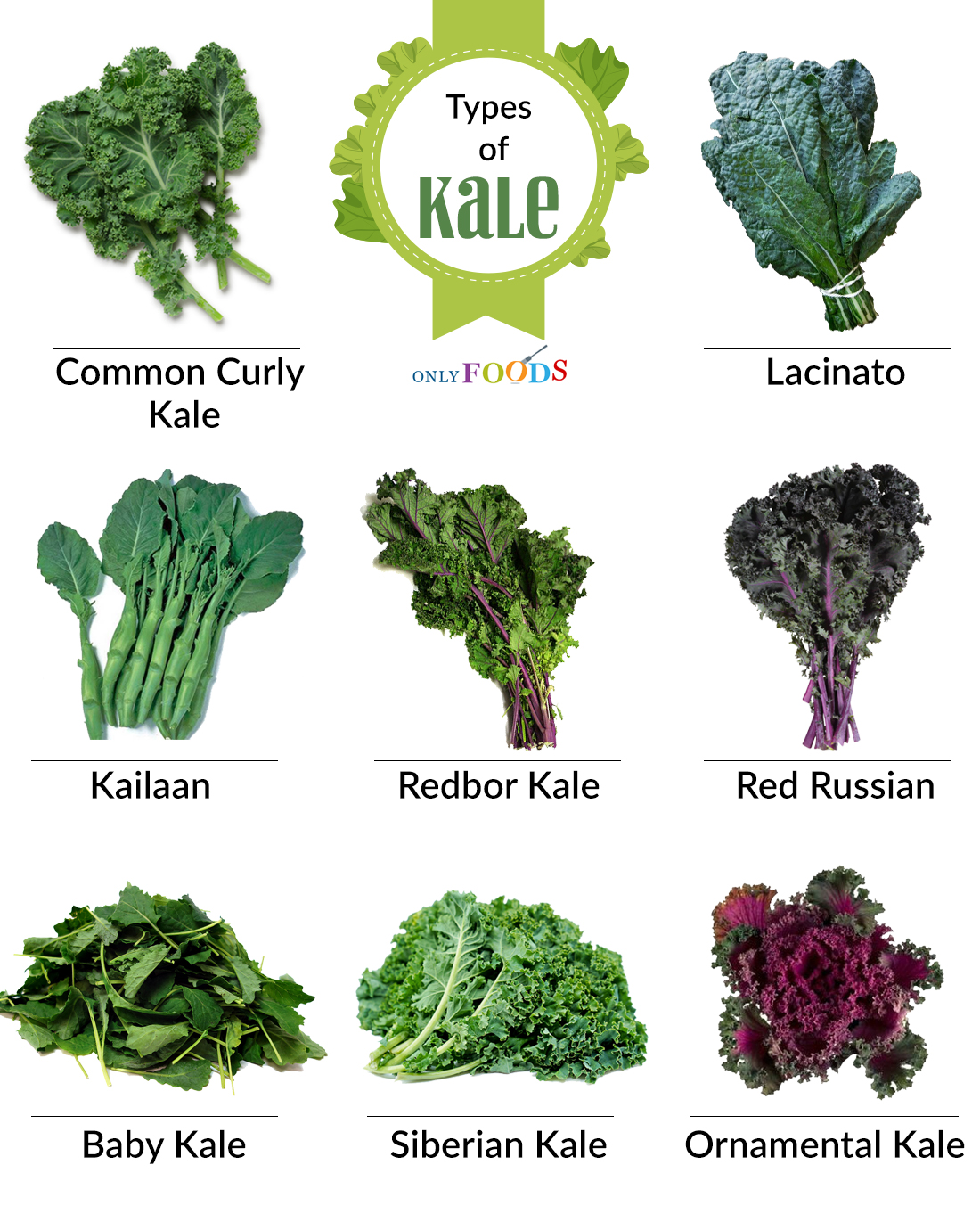
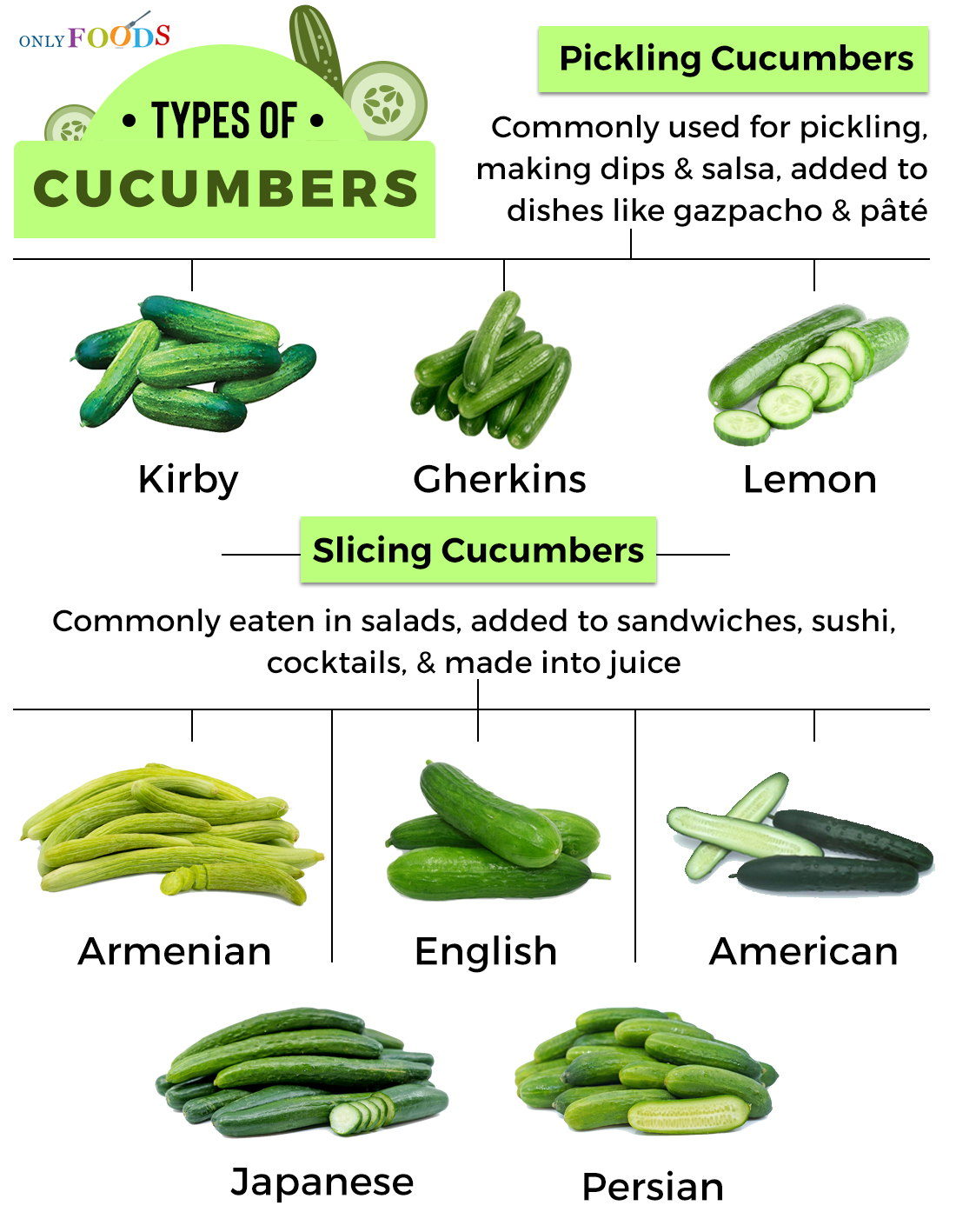
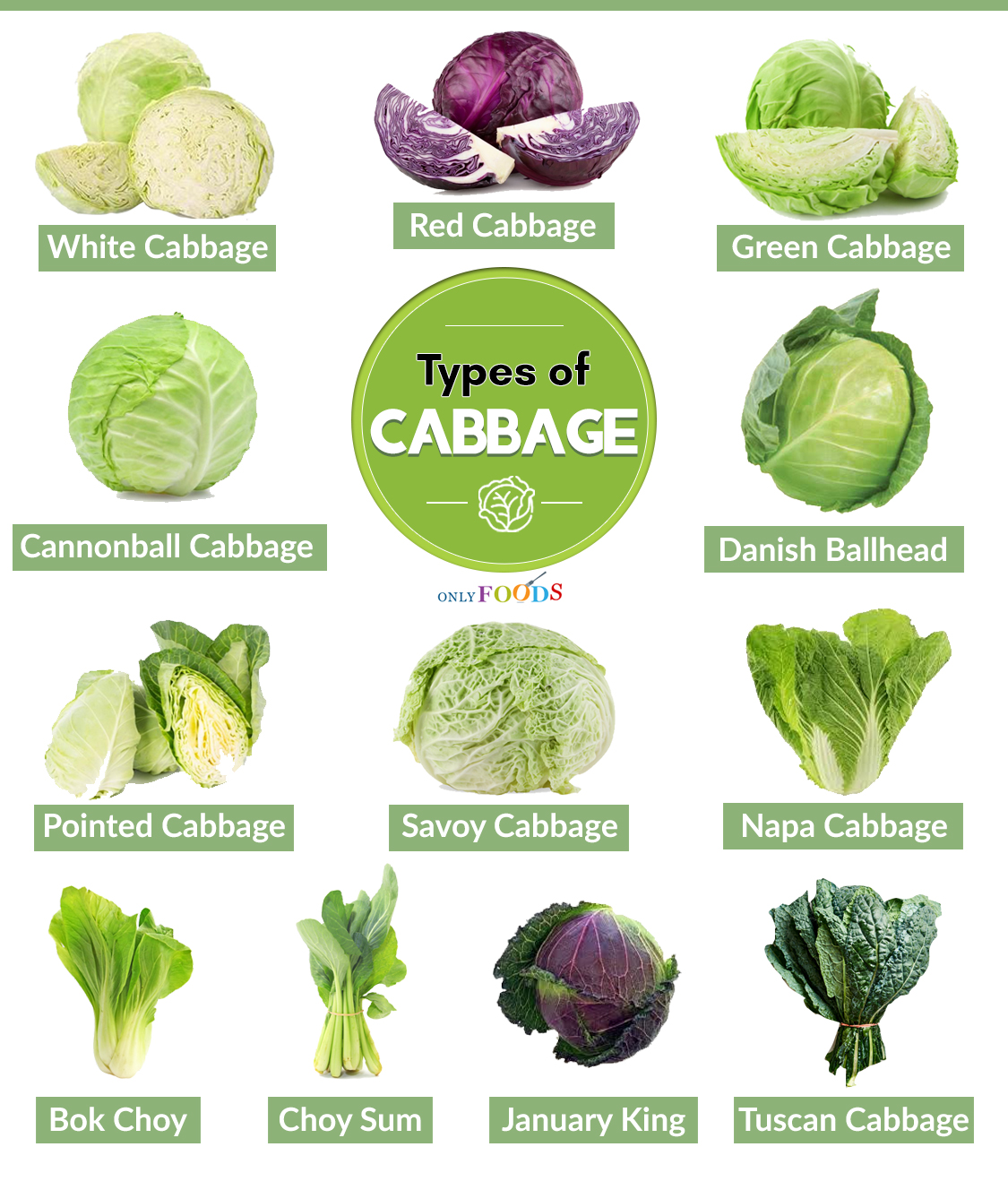















Leave a Reply